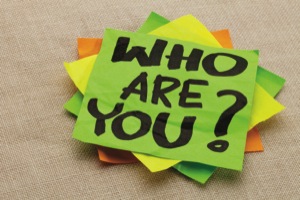
Watching the primary coverage, you might think money was the most nefarious thing in politics this year. Former Council President Scott Peters allegedly “bought” his place in the November election with a $1.25 million loan to his congressional campaign. The Citizens United decision will allow supporters of Rep. Brian Bilbray to use PAC money to negate Peters’ wallet. Each presidential candidate will likely have nearly $1 billion spent by his campaign or on his behalf.
Too much? Perhaps not. Given the multi-trillion federal budget hanging in the balance, spending only $2 billion on a presidential election seems almost like a show of pathetic disinterest. No amount of spending by, or on behalf of, a candidate takes away anyone’s right to vote.
The bigger danger to democracy in this election cycle is the coordinated campaign to do just that. Since the Republican wave of 2010, six states have passed laws requiring voters to show a photo ID before they can cast their ballots. To those of us who show ID all the time to buy alcohol or use a credit card or check, this may not seem a big deal, but a study for New York University’s Brennan Center for Justice found that up to 11 percent of voting age Americans lack a government issued photo ID.
Why not? People who have moved sometimes lack easy access to the birth certificates or other documentation needed to obtain a photo ID. Families struggling to put food on the table may not be able to afford the otherwise unnecessary expense. Older voters, who have often given up driving, don’t continue to renew their licenses.
Indeed, data suggest that seniors and the poor are among the Americans most likely to be disenfranchised by voter ID laws. Communities of color are also hard hit, with nearly 50 percent of voting age African Americans and Latinos in Wisconsin lacking a driver’s license. Overall, up to 20 percent of Wisconsin’s voters could be negatively impacted by the new photo ID law.
Supporters of the ID laws say they are trying to stop voter fraud. A noble goal, to be sure, but given the few reports of fraud, almost none of which would have been prevented by a photo ID law, it is largely a solution in search of a problem. Even if voter fraud and election theft were rampant, it would be hard to justify disenfranchising 1 percent of voters, much less 20 percent. America is built on the presumption of innocence, and Benjamin Franklin’s assertion “That it is better that 100 guilty persons should escape than that one innocent person should suffer.” By that math, Florida’s Dade County alone would have to show 30,000 fraudulent voters to make up for the 300 eligible voters the state attempted to purge from the voter rolls, including a 91-year-old World War II veteran.
Frankly, voter participation itself is a far bigger problem than fraud. In California, 2012 could go down as one of the lowest turn-out presidential primaries in history. The last thing we need are impediments to voting, especially when the restrictions are thinly veiled attempts to combat the growing diversity of the electorate. Instead, we should be trying to reach out to more voters and engage them in the process. If that requires more money in politics, it’s fine with me.










